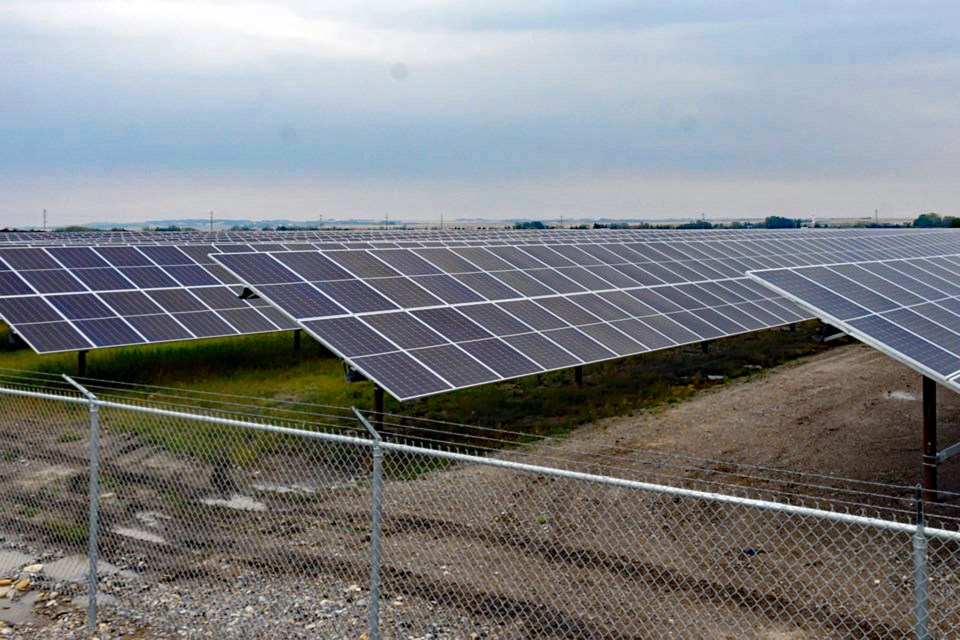INNISFAIL – The seven-month moratorium on approvals of all provincial energy projects has ended and the Town of Innisfail is still patiently waiting to get its Municipal Solar Farm running and generating badly needed revenues.
The official announcement from the province through Premier Danielle Smith on Feb. 28 on new rules as to where wind and solar energy developers can build is not likely to impact Innisfail’s development of its own solar farm, which is expected to generate as much as $700,000 annually; funds that will mitigate diminishing provincial capital infrastructure grants.
Steven Kennedy, the Town of Innisfail's director of operations, told the Albertan on Feb. 29 that the town’s application to the Alberta Utilities Commission (AUC) to proceed with the project has not yet been approved.
“We have heard back from them in regards to a couple questions,” said Kennedy. “We're just working on a response to their questions, but what they haven't given us is a date on when we would be getting an approval.”
Kennedy added that once approval is granted construction would start in either late summer or early fall with the new solar farm becoming operational by the early winter months of 2024.
Mayor Jean Barclay is optimistic the project will go ahead, despite the moratorium and all the new announced rules.
Last fall Barclay met with Nathan Neudorf, the provincial minister of affordability and utilities, and came away feeling confident the town’s planned solar facility would come out of the moratorium as a project that had merit and one that does not infringe on pristine provincial viewscapes or productive farmland.
A key part of the province’s new set of rules is the establishment of 35-kilometre buffer zones around protected areas and other pristine viewscapes to prevent wind farms from being developed.
As well, the new rules call for potential visual impact assessments on other renewable projects within the buffer zones.
“We came away from that meeting feeling confident that there wouldn't be any impact,” said Barclay. “As far as our solar farm goes in the industrial park, it's sitting on industrial land, a piece of land that cannot be developed for any other purpose. They don't have to worry about viewscapes. I'm looking forward to it being approved.”
Barclay noted the new solar farm is expected to generate $700,000 in revenue annually, between energy electricity generation and carbon credit trading.
“That's the equivalent of a seven and a half per cent property tax increase,” said Barclay. “That’s significant, especially when we are dealing with a continued lack of funding from the Alberta government.”
However, Barclay did say her first reads of the new rules for renewable energy, specifically the one for 35-kilometre buffer zones, is “very subjective” and needs more “defining.
“I think it's very subjective at this point in time. It doesn't seem to be well defined. There seems to be a lot more work to come,” said Barclay. “I'm a little bit surprised that after a seven-month pause to a multi billion-dollar industry there wasn't more in-depth detail available.
“But they (province) seem to be still working on a lot of aspects of this and so I think what I'm waiting to see is an industry response to this.”
And Barclay added she’s also concerned the renewable energy sector is “not on a level playing field” with other industries in the province.
“This comes in and we’re talking about 35-kilometre buffer zones from the foothills and mountain parks and pristine viewpoints and in the same week we’re talking about Grassy Mountain and the revival of a coal mining application that has been rejected twice.
“So that is a bit confusing.”



